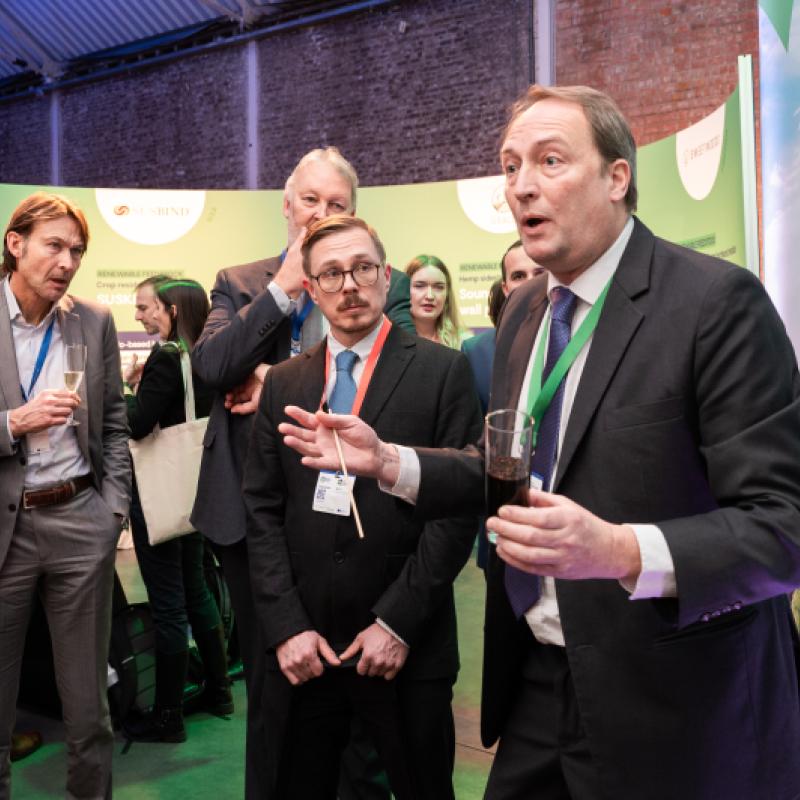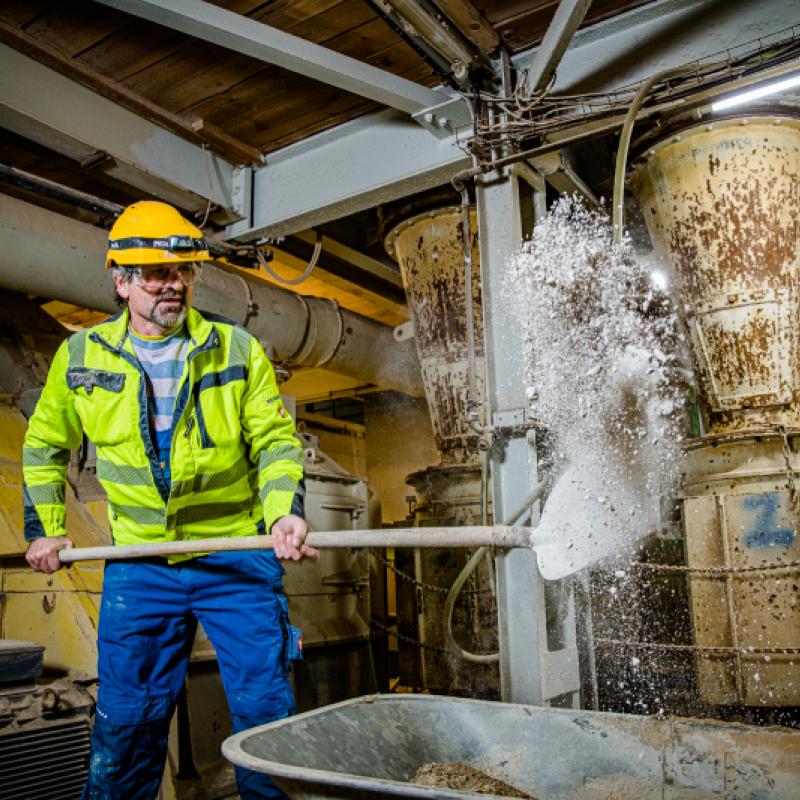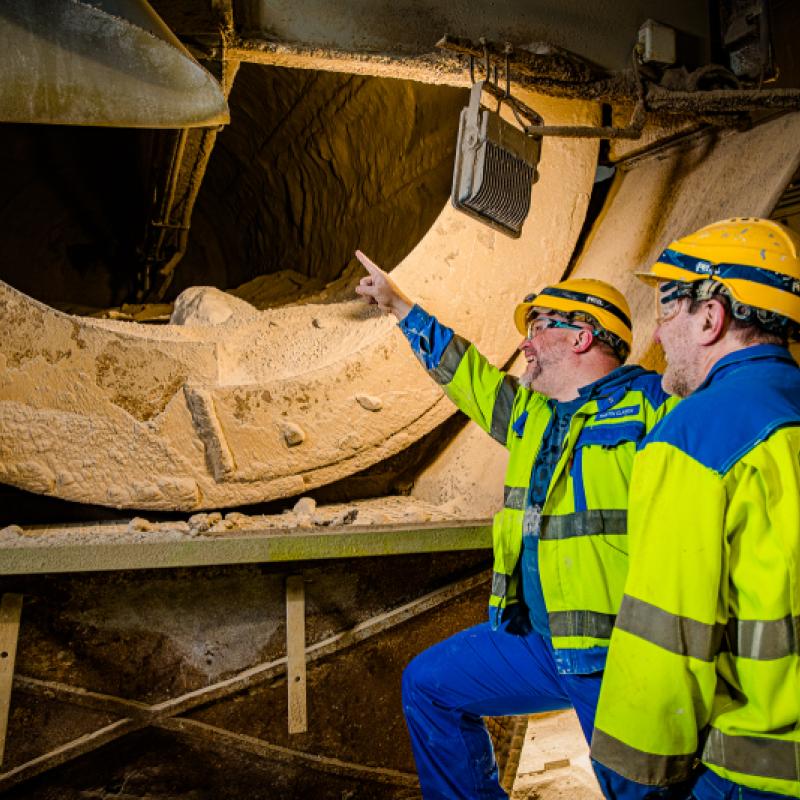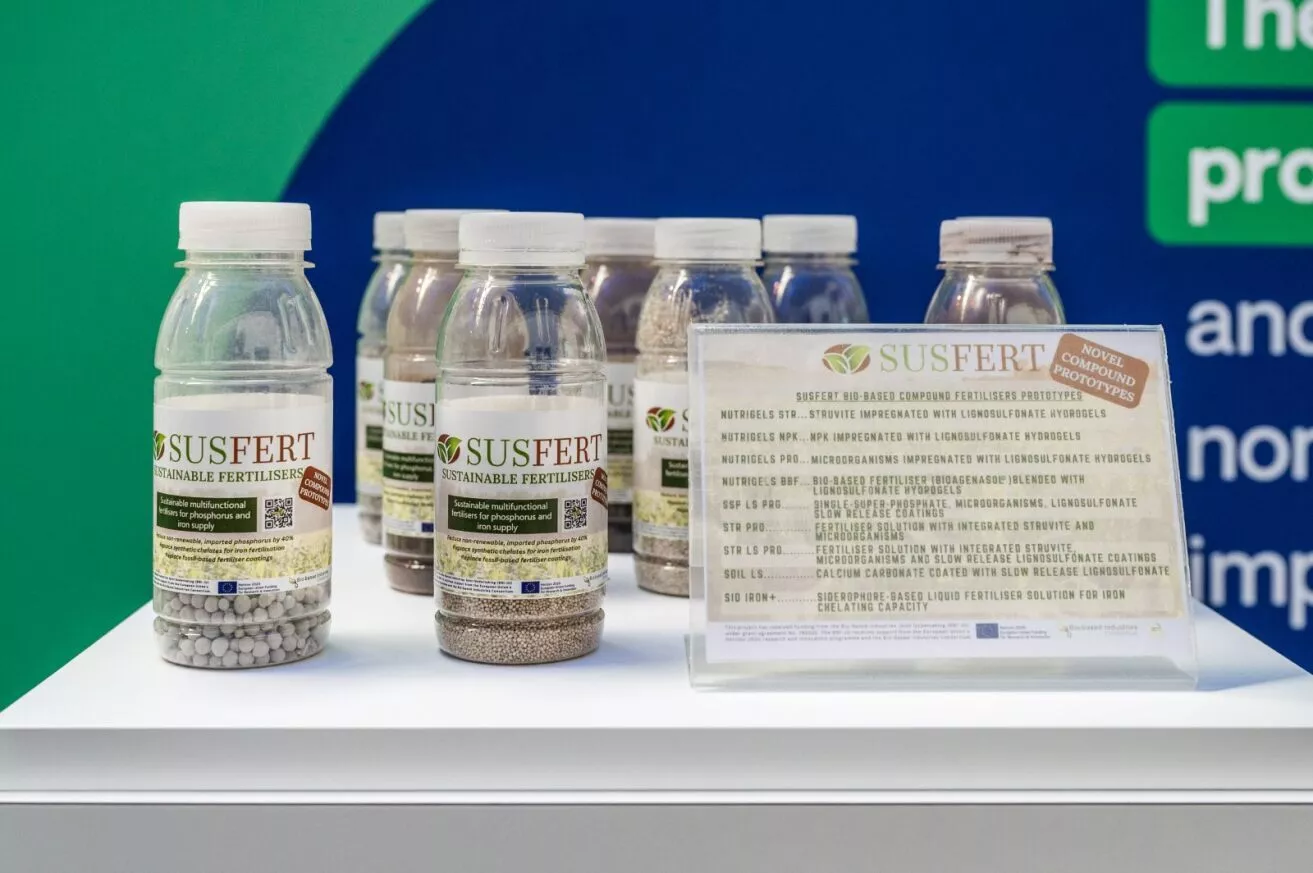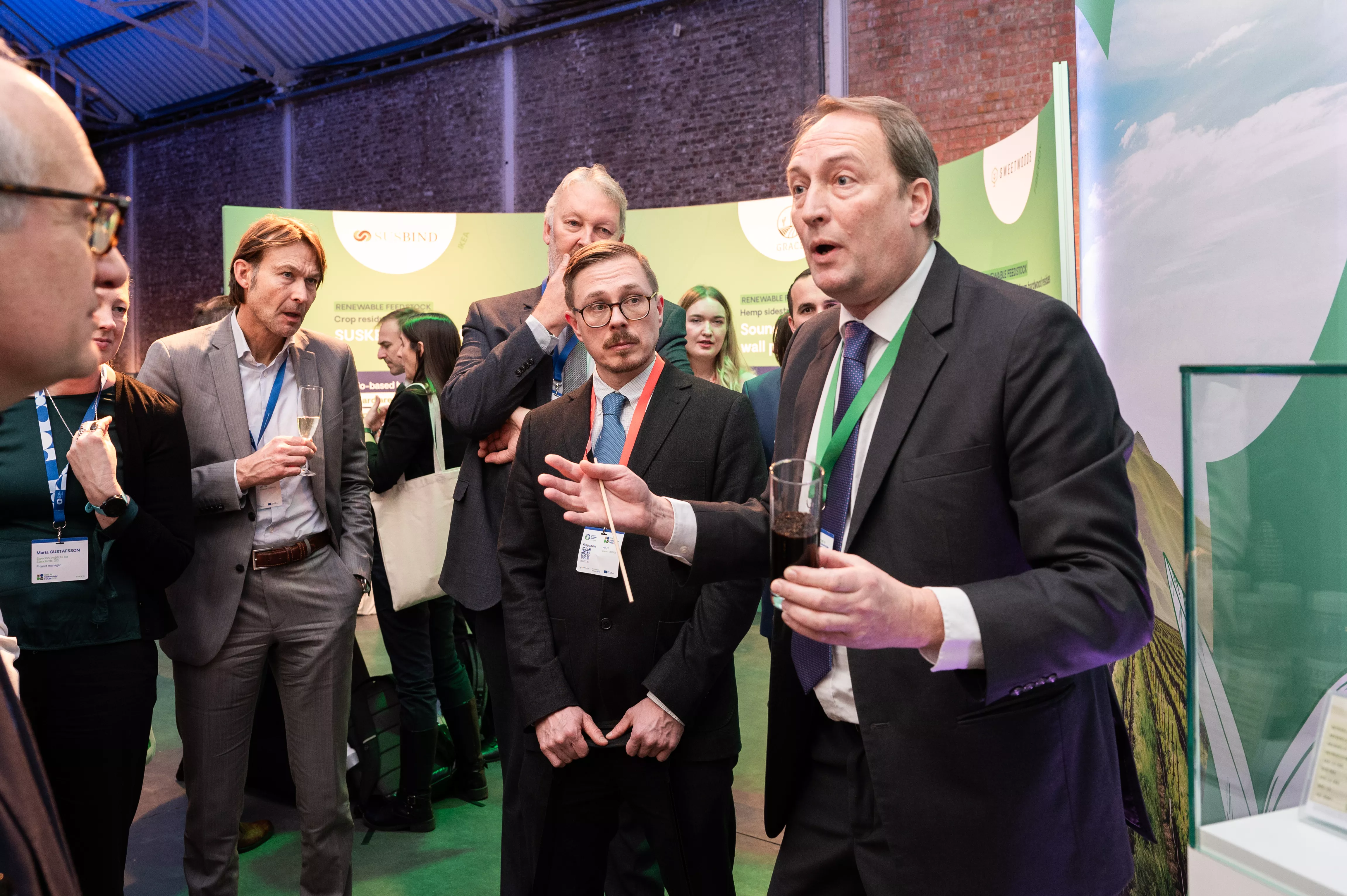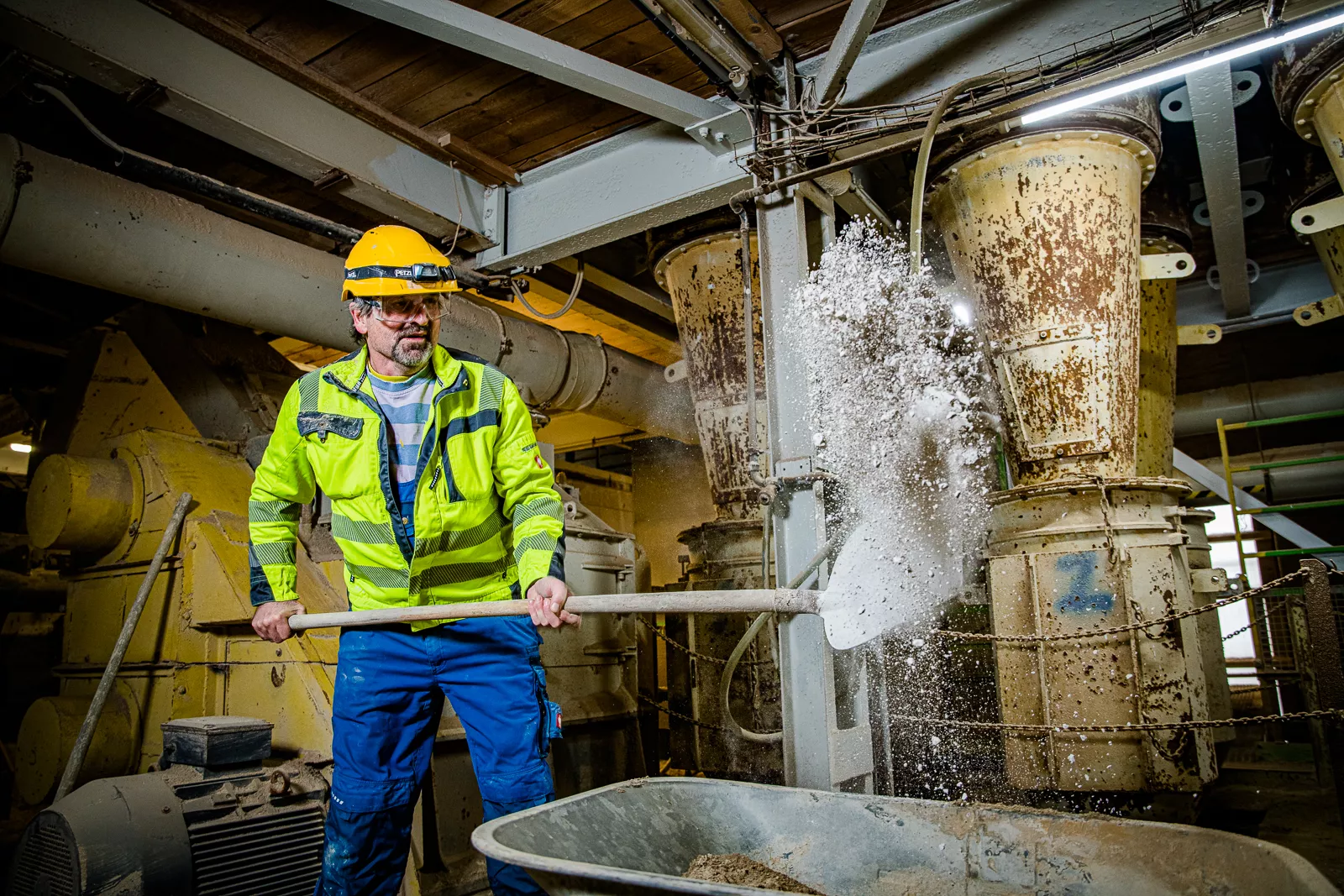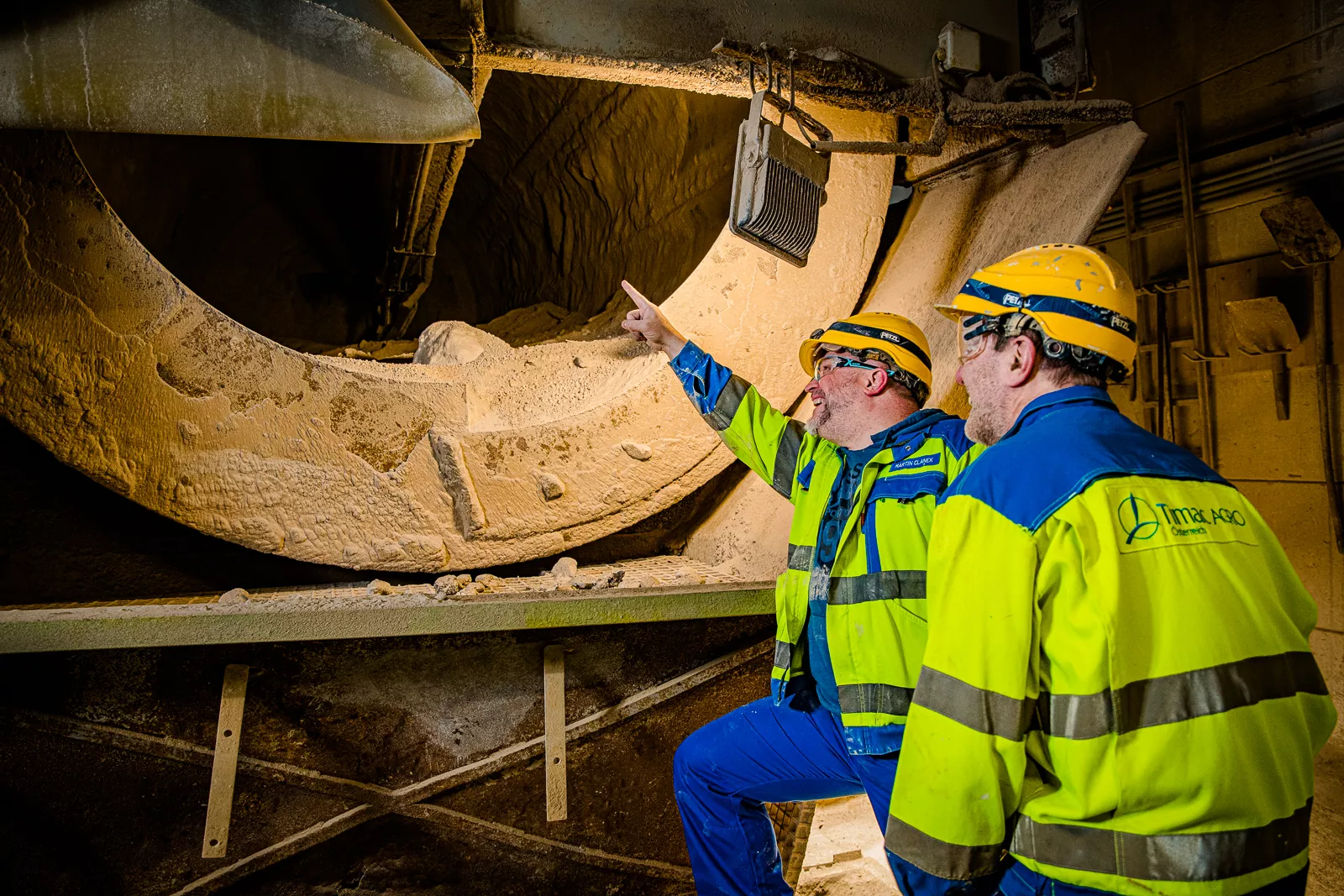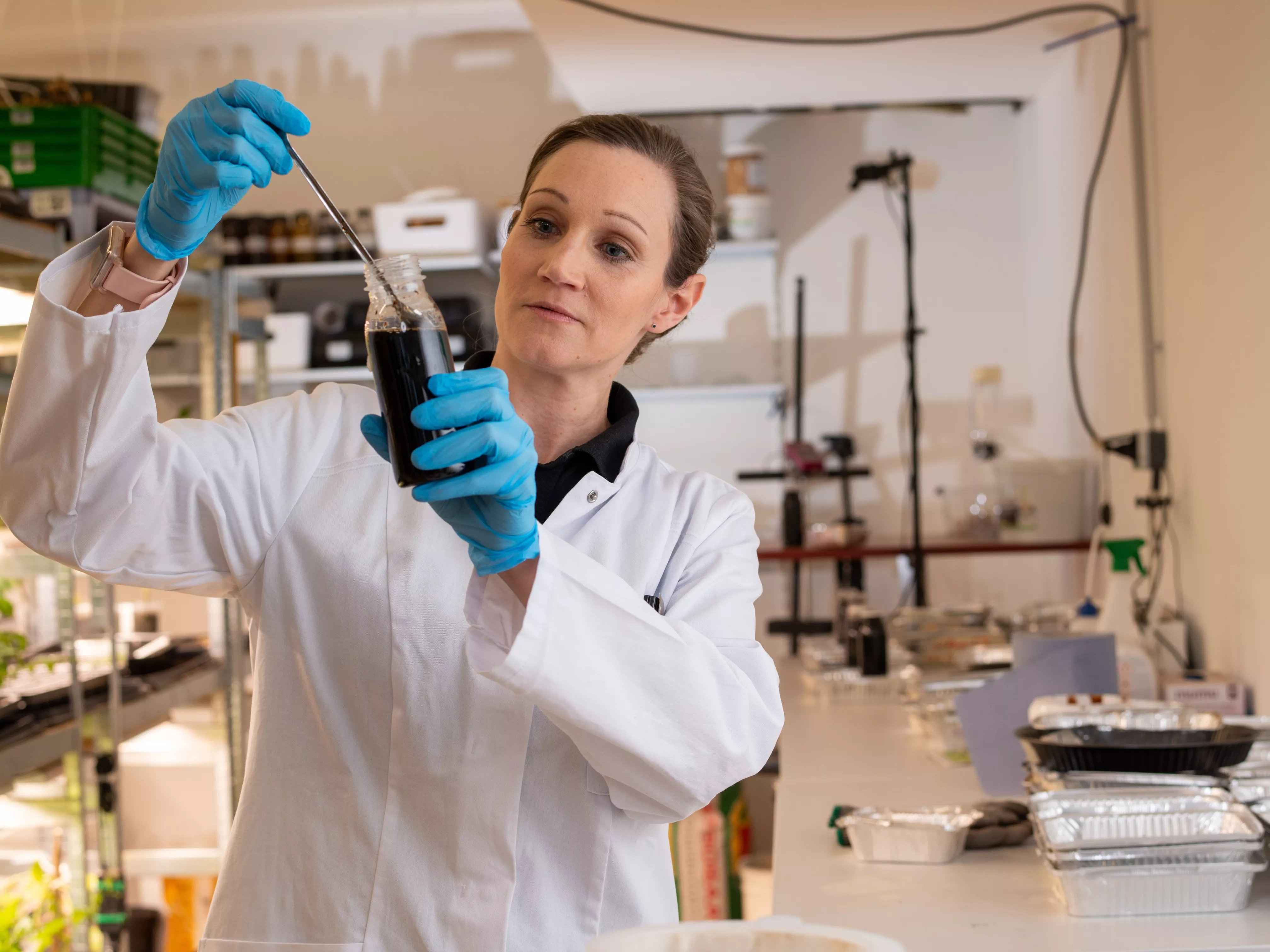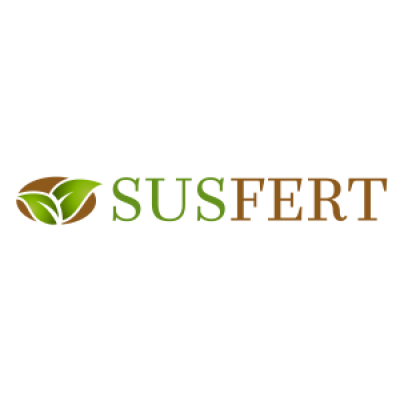Cutting rock phosphate imports is possible
Phosphorus is a key component of fertilisers. A vital source of phosphorus, phosphate rock is a non-renewable mined resource and is a critical raw material for the EU. In addition, 90% of all phosphate rock used is imported into the EU.
We gathered samples from 25 industrial-scale and pilot-scale installations from wastewater and the potato industry.
Marc Spiller, SUSFERT research partner
To help reduce EU phosphate rock imports by 40%, SUSFERT identified struvite, a phosphate mineral present in wastewater, as a sustainable slow-release replacement particularly effective in acidic soils.
‘We gathered samples from 25 industrial-scale and pilot-scale installations from wastewater and the potato industry. We found that all but three of the samples would meet all the legal requirements of the new EU Fertiliser Regulation’, said Marc Spiller, from the University of Antwerp, one of the research partners.
Recovery of struvite from municipal wastewater alone could cover 13% of the EU’s phosphorus needs for fertiliser. SUSFERT addressed the commercial use of struvite and examined its size and shape parameters with a view to its agricultural application.
The spherical granules of struvite that are 1 mm or above in size should be blended directly to produce commercial fertilisers. Granules that are smaller or not spherical should be reprocessed, usually through granulation, or used for growing media – the material put into containers to make plants grow.
Bio-based coatings to replace fossil resources
Another SUSFERT achievement is the development of bio-based fertiliser coatings to replace synthetic products made from fossil fuels. The coatings were made from lignosulphonates combined with enzyme technologies, calcium carbonate and micro-organisms, particularly bacillus strains.
The lignosulphonate coatings are a key component of SUSFERT’s soil improvers. Lignin is a wood-based by-product of the paper industry which is 100% biodegradable. It also offers a natural means of making nutrients more soluble in the soil so that plants can absorb them more easily.
As well as ensuring nutrient-rich topsoil and turf growth, the soil improvers maintain soil fertility over long periods, cutting the need for water consumption. They are largely intended for urban green spaces, such as parks, playgrounds and sports facilities.
The results for the crop and quality were extremely good. In fact, these exceptional results were not expected.
Renate Weiss, SUSFERT work package leader
The SUSFERT project also created different probiotic fertilisers in which microorganisms, like fungi or bacteria, are used instead of plastic polymers, which contaminate soil. The microorganisms are combined with coated calcium to improve turf and mobilise nutrients so that plants can better absorb them, thereby reducing the need to apply phosphates.
Additionally, biodegradable microbial siderophores – molecules that help crops absorb iron – have been developed to replace synthetic products. Siderophore production capacity at Slovenia-based project partner AciesBio has been increased with the installation of a 6.5 m³ fermenter.
Impressive results in field trials
The solutions developed in SUSFERT are being demonstrated in field trials across Europe, including in Austria, France and Italy. Tests of the soil improvers containing calcium carbonate, lignosulphonates and probiotics at Heinreichs, Austria, have shown impressive results on the Wotan starch potato.
‘The results for the crop and quality were extremely good. The yield results were elevated, and the starch content was much higher. Additionally, the tubers were more evenly distributed in size. In fact, these exceptional results were not expected’, said work package leader, Renate Weiss of the University of Natural Resources and Life Sciences, Vienna.
There is a lot of grassroots knowledge that comes from SMEs, research institutions and universities that industry needs.
Mikael Muegge, SUSFERT project manager
‘There is a lot of grassroots knowledge that comes from SMEs, research institutions and universities that industry needs. That is what has driven the major achievements of the field trials and research in SUSFERT. Now it is up to industry to go forward with some of the ideas that have shown promise in the project’, said Project Manager Mikael Muegge of lead partner RTDS.
A sustainable pathway
SUSFERT’s nine fertiliser prototypes will be marketed in biodegradable, bio-based bottles by fertiliser companies, including project partners Groupe Roullier and its subsidiary Timac Agro. Their development strengthens rural areas by establishing local value chains. These initiatives are expected to create over 100 rural jobs in fields such as fertiliser production and recovery of by-products and waste.
Certain prototypes are combined with nutrigels, an additive to further enhance controlled nutrient release. Nutrigels store humidity in the soil and make nutrients available for longer, boosting the resilience of crops during droughts. Despite heavy rainfall, field trials in Austria showed that plants were able to retain nutrients and exceed the growth of the reference plants.
These findings demonstrate that, thanks to the CBE JU funding for SUSFERT, the availability of sustainable and multifunctional fertilisers for European agriculture is set to increase.


